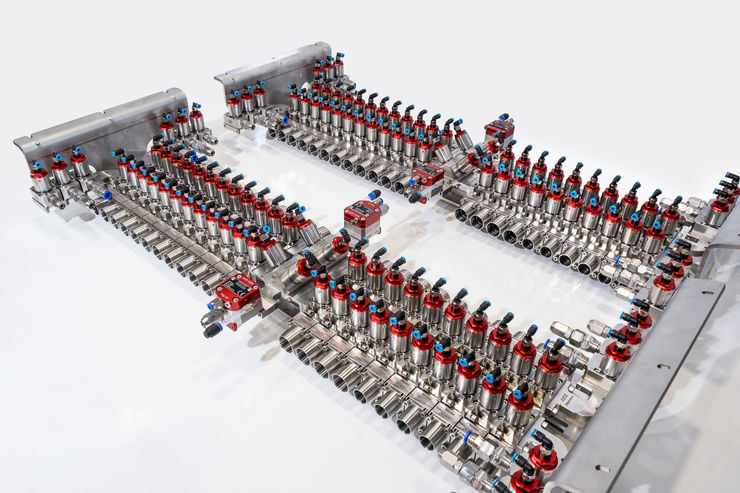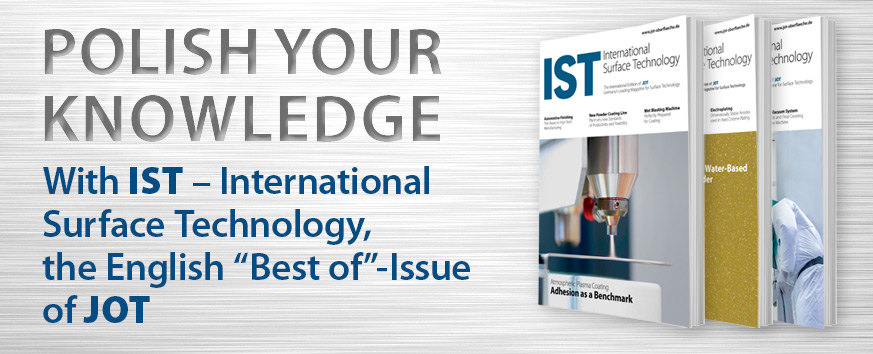Whether predictive maintenance, quality assurance, employee training or process monitoring and control - the use of artificial intelligence (AI) also holds enormous optimization potential in surface technology. However, dealing with the technology or technologies involves some stumbling blocks. Augmentir, operator of an AI-based platform for industrial workers, identifies the four most common initial hurdles to adopting AI and explains what companies need to watch out for. As with many trends, the problems often start with the word "artificial intelligence" itself. Anyone who wants to start an AI project should therefore first ask themselves what is understood by artificial intelligence within their own company and bring leadership, management and operational levels up to the same level of knowledge. It is advisable to clarify internally how machine learning, deep learning, artificial intelligence, neural networks and natural language processing are related and how they differ. On this basis, existing wishes, ideas and expectations can be clarified.
Check project size and data situation
One mistake can be to set up a project too large. "If you want to achieve results through AI instead of conducting elaborate and risky experiments, you should clearly define goals and ideally limit yourself to individual processes," explains Carsten Hunfeld, Head of Operations for the DACH region at Augmentir. Hunfeld recommends breaking down an overarching goal, such as a better operating result, into subgoals, such as concrete improvements in productivity, quality, occupational health and safety or compliance, and also breaking these down into milestones. Such an approach makes it transparent what is to be achieved: On the one hand, it makes it easier to assess where and in which processes AI can be usefully deployed, and also helps with the precise definition of goals, right down to KPIs. Another factor to check at the very beginning is the data situation. Because without the right input, an AI - especially if it is based on machine learning - cannot work. The first step is to find application areas that generate enough data sets to train an algorithm to make a reliable prediction. So instead of operating with "small data" such as customer data, you should either look for existing Big Data scenarios or start collecting large amounts of data. Networked employees and machines offer a rich source. Because not only sensors provide lots of valuable input, but also personnel: Examples include feedback on work steps or confirmation of hygiene measures via mobile devices, documentation of statuses, errors and lots of other information about machines, equipment and tasks. However, it is not only the quantity of data that matters, but especially its quality. According to the motto "garbage in - garbage out", it otherwise happens all too easily that an AI-supported system becomes a nail in the coffin instead of leading to the hoped-for success. Data cleansing and a corrective look from a human, competent side are part of the mandatory program for AI projects.
Avoiding dependence on AI experts
This is precisely where another obstacle builds up for many companies. They wonder whether they first need to hire model developers and data scientists to get started with the first AI project. The fact is that such experts are rare and expensive. Cloud solutions that come with ready-made models are therefore ideal. They require no special knowledge and can be up and running in less than a week. You can then directly optimize employee scheduling on the basis of their skills and experience or start by compiling the most frequently asked questions from production together with answers from experts into a knowledge database for an AI bot. In addition, the abundance of data from the connected work area cannot be easily analyzed with conventional business intelligence tools. In the past, it took a data scientist to turn it into useful insights. Not so with AI-based systems that deliver intelligent analytics and dashboards plug-and-play. Their algorithms are capable of detecting inconsistencies or outliers and finding correlations even in noisy data. They thus help to identify the most promising opportunities for improvement, for continuous learning.
Conclusion
Jumping on the AI bandwagon now is a good idea. However, immediately pushing the very big thing can be overwhelming. It is often better to gain initial experience on a small scale first. Out-of-the-box solutions for specific, clearly defined use cases, such as autonomous maintenance or predictive maintenance, provide the opportunity to do this. They can often be implemented without lengthy preparation, major risks and personnel changes, and reward with rapid results. Of course, to avoid silos, it is important that such a cloud platform can easily connect with existing systems to quickly feed the gains in data and insights into downstream processes - making them available to the entire organization.
Read the unabridged article by Carsten Hunfeld in issue 8/2022 from JOT.
Autor(en): wi





